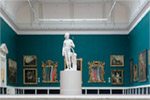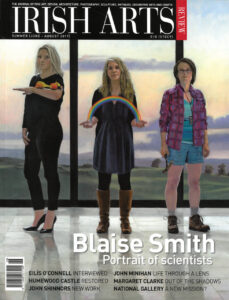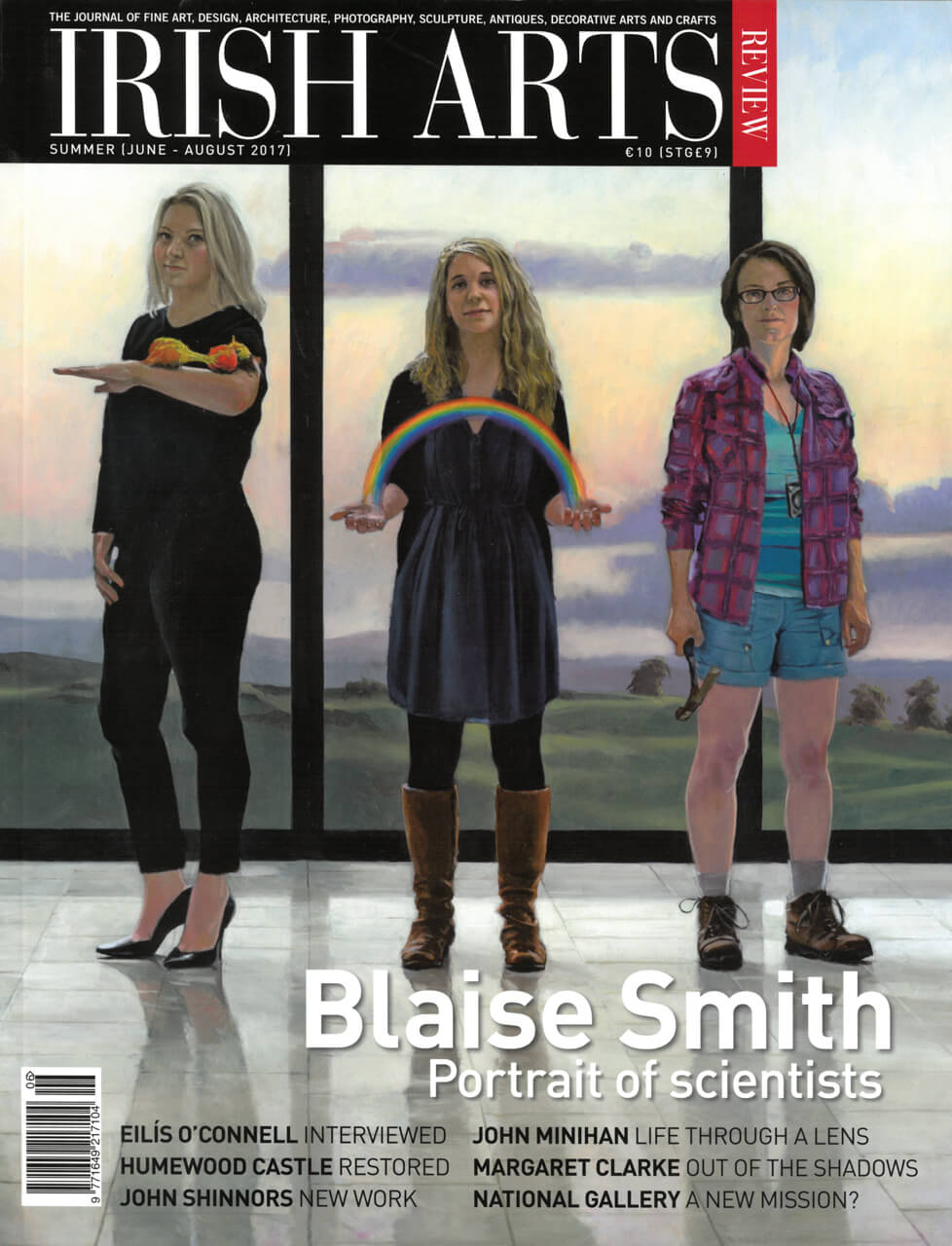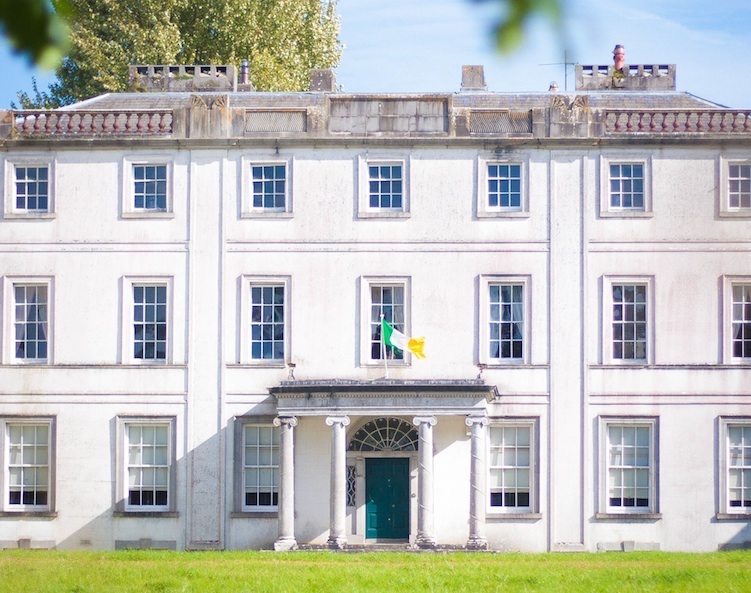

James Howley pays a visit to the National Gallery as it prepares to reopen following a major refurbishment programme
In 1847 the painter George Francis Mulvany published a pamphlet advocating the establishment of a National Gallery of Art in his native Dublin. While there may have been some degree of reticence in Mulvany’s manifesto, as the country was at that time still suffering the effects of a devastating famine, his ideas were passionately felt and influenced by the Victorian belief that art fulfilled an important social need and should therefore be freely accessible to everyone. Illustrating a prescience about the guardianship of patrimony that would later be advocated in England by John Ruskin and William Morris, Mulvany declared: ‘‚Ķ..we should remember that, as citizens of the state, we hold our places only in sacred trust for our successors‚Ķ..’ An important stepping stone to the creation of the new gallery was the Dublin Industrial Exhibition of 1853 financed by the railway magnet and philanthropist William Dargan, who shared Mulvany’s views on the social significance of art. Located in the gardens of Leinster House, then home of the Royal Dublin Society, the exhibition included a painting and sculpture hall, which proved to be a particular success. Just over a decade later the National Gallery of Ireland opened its doors to the public with Mulvany appointed as the first director.
The new gallery was designed by the Belfast-born architect-engineer Captain Francis Fowke, who simply copied the external form of the…
To read the rest of this article subscribe or buy the Irish Arts Review



